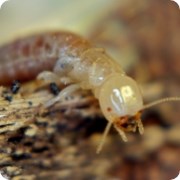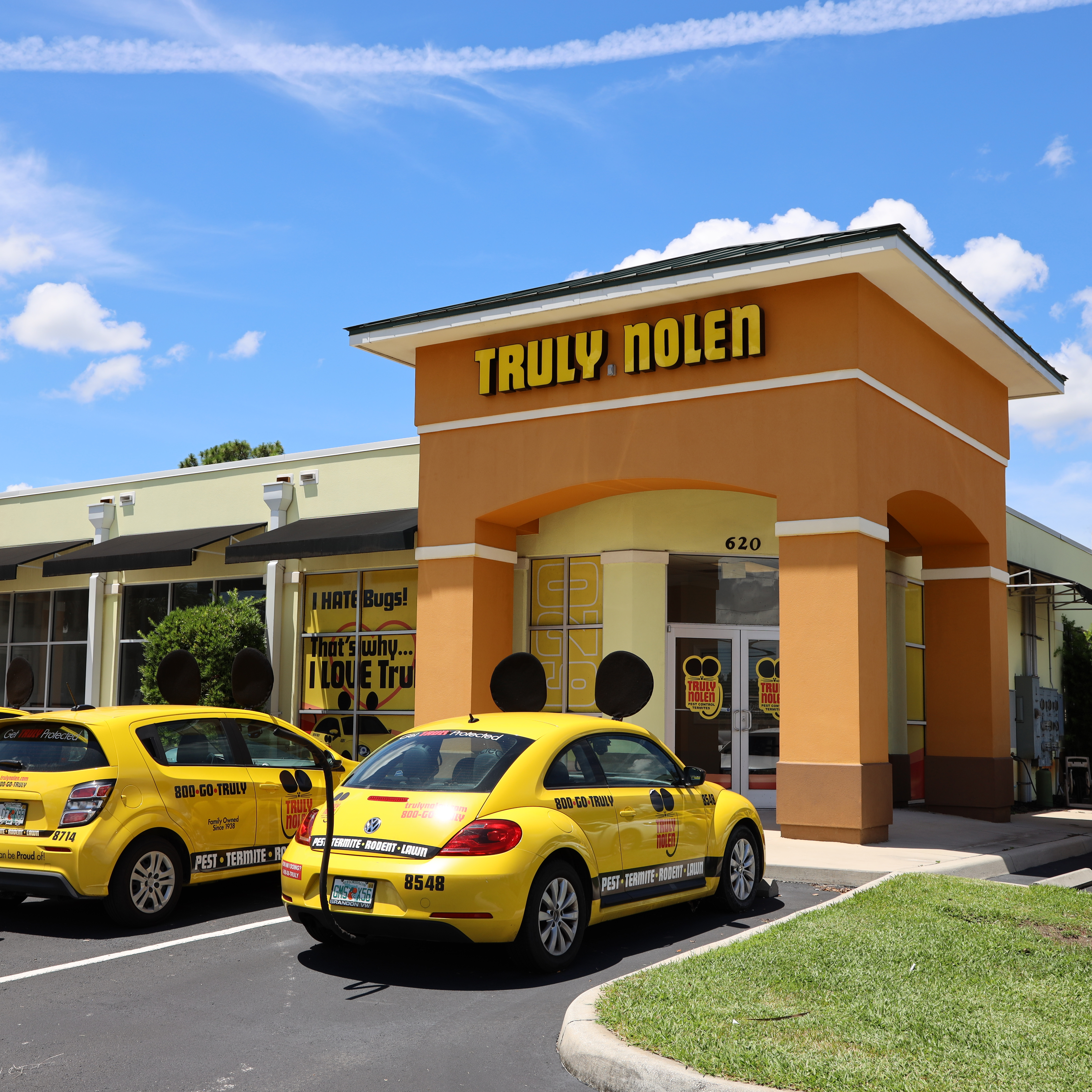

Drywood termites are structural pests commonly found in warm, dry climates, or tropical climates, such as those found in Florida, California, and Texas. They inhabit dry wood typically found above the ground's surface and burrow deep into wood.
Drywood Termite Behavior and Habitat
Drywood termites are commonly found in wood with low moisture content. These termites do not require contact with soil moisture to live. They spend almost their entire life cycle inside the sound, dry wood upon which they feed. Since colonies are often small and found deep inside wood, they are difficult to detect. Colonies are also spread over a wide area.
Drywood termites also enter homes after swarms, usually occurring in the spring. An existing termite colony sends out many winged reproductive males and females during swarms. These mating swarms may result in several newly fertilized king and queen termites attempting to establish colonies, of which many may be within or around a home.
Identifying Drywood Termite Infestations
Drywood termites can be more difficult to detect (as compared to subterranean termites) and aren't typically noticeable until small piles of pellets (their feces) collect. Drywood termites make their nests within the wood they consume and oftentimes infest walls and furniture. They require no soil contact and get their moisture from the wood. They also attack floors, furniture, and books.
When a colony has matured, winged, swarming termites can be seen around windows and doors. Winged termites are highly attracted to sources of light and are most active in springtime. After mating, these termites locate a new breeding site and create another colony, spreading infestations throughout multiple locations. If a drywood termite infestation is suspected in your house, a pest control operator should conduct a thorough examination of the entire structure.
Getting Rid of Drywood Termites
The most effective prevention for drywood termites can be "built-in" to a home during its construction phase. Pressure-treated lumber should be installed wherever possible. Further, all untreated wood can be sprayed with borate solutions. Once the construction phase is completed, it is impossible to treat all wood in a completed house with residual chemicals. In those cases, fumigation (or "tenting") has been the most effective method, which ensures complete eradication of all drywood termites from a structure.
Fumigation involves surrounding the structure with a gas-tight tarp, releasing the gas inside the seal, and filling the structure with gas for a pre-set exposure time. Before fumigation, the homeowner must remove all plants and animals from the house, remove or place food items inside special protective bags, and ensure that there is sufficient tarp clearance between sensitive landscaping and exterior walls. The fumigation company may monitor gas concentration during the fumigation to ensure that a sufficient dose is maintained.
If you suspect you have drywood termites, call Truly Nolen of Daytona for a free termite inspection. We'll come out at no charge and perform a thorough inspection.

Contact us today to schedule your complimentary inspection.
We work to minimize our impact on the environment by using naturally occurring materials whenever possible.
Truly Nolen develops a custom treatment plan for your home or business to ensure pests stay away for good.
We will treat the affected area unconditionally until you are satisfied.
We have 85 years of pest control experience and are an industry leader in pest, termite, and rodent control.
We actively partner with you to protect your home or business from pests.

With nearly 100 locations nationwide, Truly Nolen has your pest control needs covered.